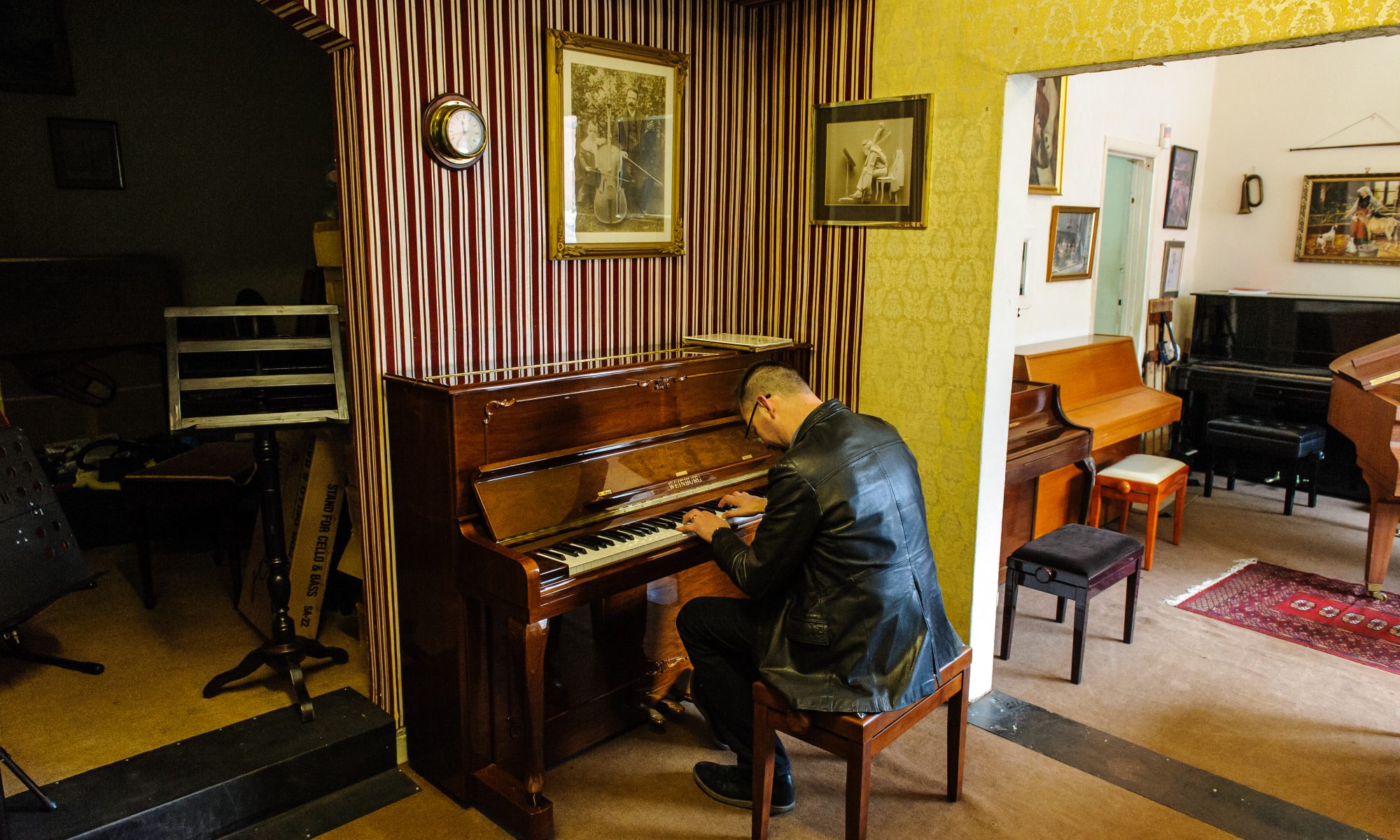This article demonstrates how performance may further understanding of – and offer new perspectives on – indeterminate music, and in particular the ways in which performers realize the indeterminate aspects of the scores. Cage’s Solo for Piano (1957–8), one of the most celebrated indeterminate scores, is used as the model for such an approach. The close involvement that performers have with the score and the music over what is often a prolonged period of time leads to a particular kind of understanding, different from that of non-performers, which, when articulated, can offer valuable insights. After a brief outline of the score, the article begins by discussing the performances of other pianists, notably David Tudor. It then examines in detail the author’s own approach to making a realization, discussing the implications of such an approach from both practical and aesthetic perspectives.
